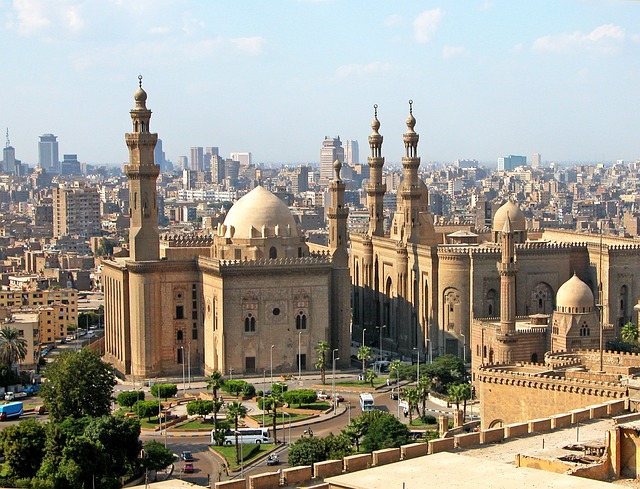Category: Countries
-
Alaska Facts For Kids | Land of the Midnight Sun
Alaska is the largest state of United States by Area. It ranks as the 4th least populated state of the country. Alaska shares its borders with Arctic Ocean to the north, British Columbia to the east, and Russia to the south-west. About half of the Alaskans live in the Anchorage metropolitan area. The state is…
Written by
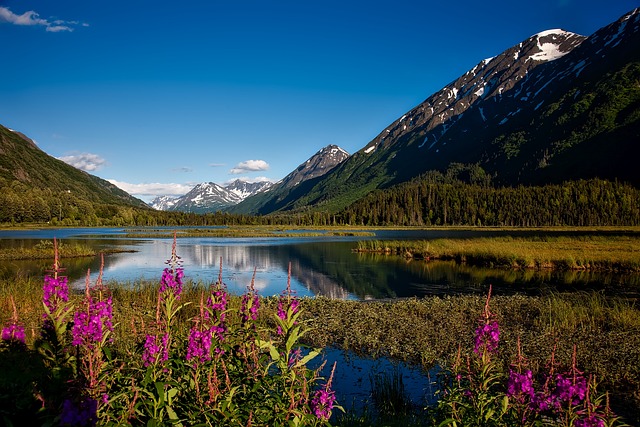
-
Poland Facts For Kids | Land of the Fields
Poland is the 9th largest in Europe by area. It shares its borders with Germany in the west; Ukraine to the east; Czech Republic to the south; while the northern side is almost entirely dominated by the Baltic Sea coast. The country lies at the very heart of Europe. Poland has Sudetic and Carpathian mountain…
Written by
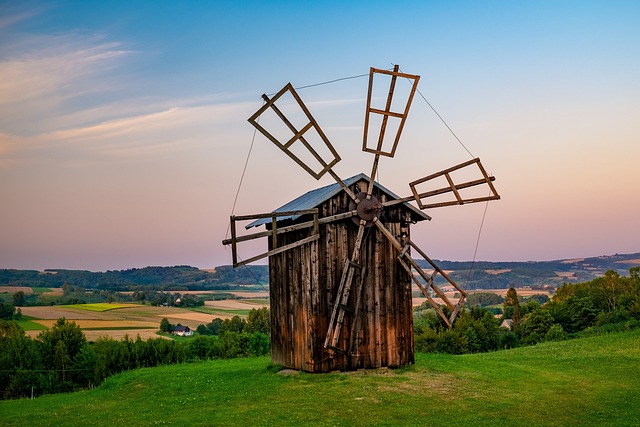
-
Norway Facts For Kids | The Land of the Midnight Sun
The kingdom of Norway is a mountain plateau situated on the peninsula in Northern Europe. Norway shares its borders with Denmark and Sweden alongside some portion of Scandinavia. The country has number of lakes, rivers, ice-capped mountains, and stormy seas, along with snowy and rocky terrain. In addition, the terrain’s soil is highly useful for…
Written by
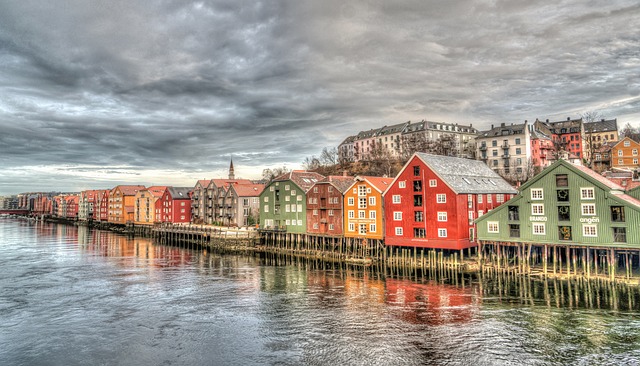
-
South Africa Facts For Kids | The Rainbow Nation
South Africa is the 25th largest country in the world by area. It runs along the coastlines of Indian and Atlantic Oceans. The country is ranked as the 24th most populous country with the population of almost 53 million people. Most of the individuals are black Africans. It is the land of many different races…
Written by
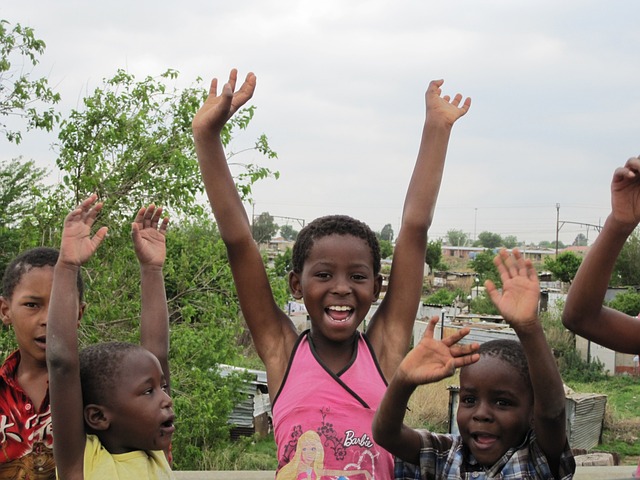
-
Texas Facts For Kids | The Lone Star State
Texas is the second largest state and the largest producer of oil in the United States. It is home to many cowboys, freedom fighters, and outlaws. A state in which people of different cultures come close to each other and a place of friendly and welcoming people whose motto is ‘friendship’. Native American hunters and…
Written by

-
Florida Facts For Kids | The Sunshine State
Florida may seem different to different people; for some it’s a paradise whereas for others the state is a place to enjoy sun-drenched breaches, mysterious swamps, deep forests, and warm water. It is an ideal place for people like to live in hot weather. Florida is a peninsula which means that it is circled by…
Written by
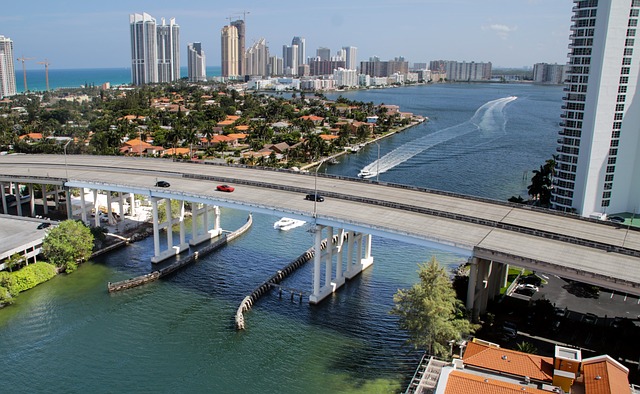
-
New York Facts For Kids | Interesting Facts
People often misunderstand as to the fact that New York State and City are the same; time and again they will think of New York City. New York State has many cities amongst which the New York City is the most populous and probably the largest city in the United States. And if you would…
Written by
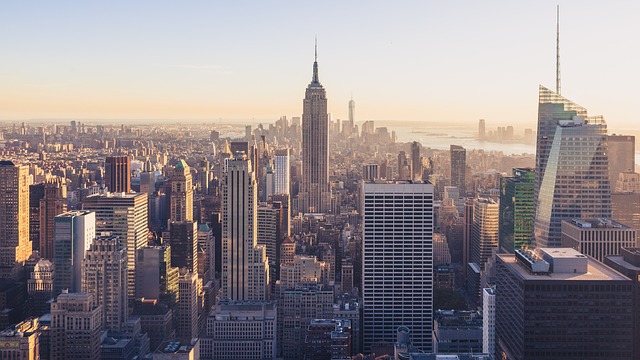
-
Russia Facts For Kids | History, Geography, People
Background & Physical Setting The Russian Federation or perhaps Russia is the largest country (by land) in the world. The country that holds the world’s largest immigrants after U.S. have left many marks in the history. Previously it had occupied an area of 8.5 million sq. miles when the country was known as ‘Soviet Union’,…
Written by
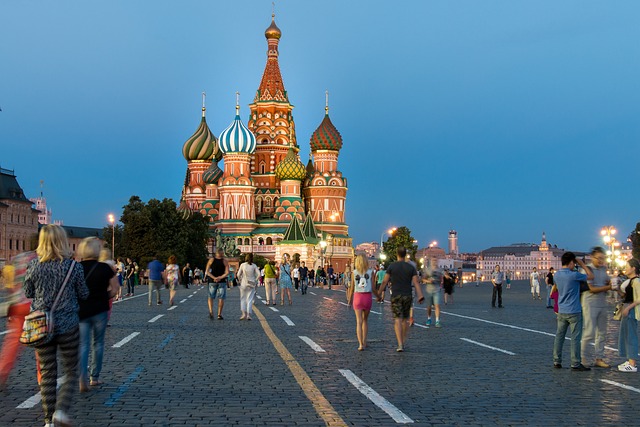
-
California Facts For Kids | People, Population, and Significance
On September 9, 1850, the 31st state joined the Union and it was California. Located in the West Coast of the United States of America, California is well known and has a long history. Today, the residents of the state enjoy living in one of the most famous places in the world, not only for…
Written by
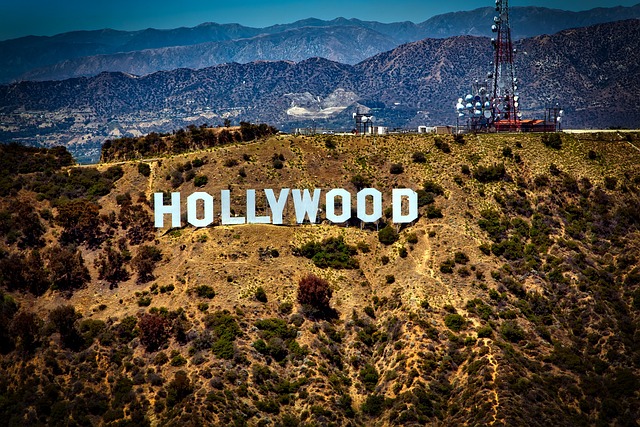
-
Hawaii Facts for Kids | The only U.S. State of Islands
The “Hawaiian Island” or “the Big Island” is just a synonym for the canvas of nature where you could easily reveal hidden secrets of nature. Just scroll down for Hawaii facts for kids if you wish to be informed about the beautiful as well as scary facts for the still expanding island, Hawaii. This won’t…
Written by
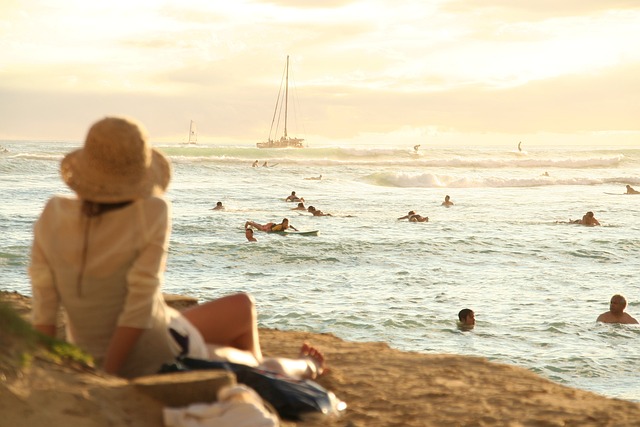
-
New Zealand Facts For Kids | The Land of Islands
The country of New Zealand is about 1,250 km south-east of Australia, New Zealand consists of two main islands and a number of smaller outlying Islands so scattered that they range from tropical weather ranging in the 90s to deep freezing Antarctic cold that can get blow 0 at times. New Zealand is the size…
Written by
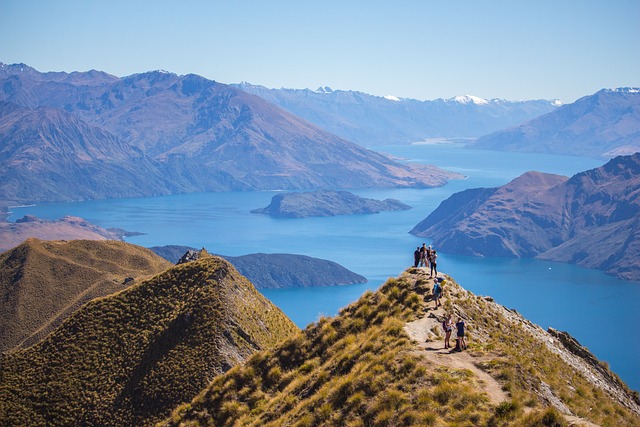
-
Ireland Facts For Kids | Land of St. Patrick
The Island situated to the north-west of continental Europe. Yes, we are talking about Ireland, the 3rd largest island of Europe and the 20th on the globe. The Great Britain is located on its east separated by the Irish Sea. Ireland Facts For Kids The Irish Culture It won’t be wrong to say that Irish…
Written by
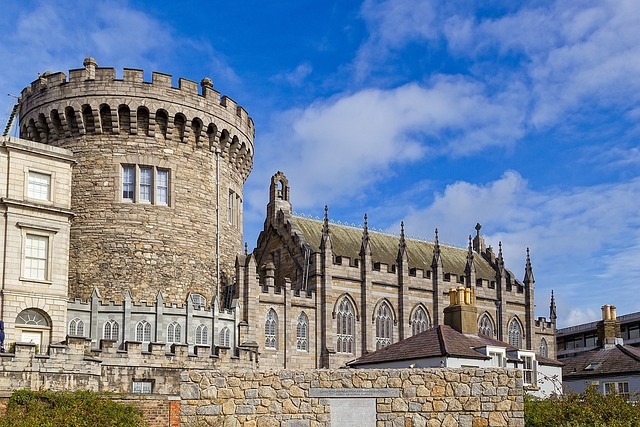
-
Jamaica Facts For Kids | The Land of Spring
The homeland of one of the fastest men on earth Usain Bolt claims to be a wonder of beauty on this earth,“The land of spring” or” land of wood and water “are few of the names used to describe the mesmerizing beauty of Jamaica. Jamaica is an island situated in the Caribbean seas proudly being…
Written by
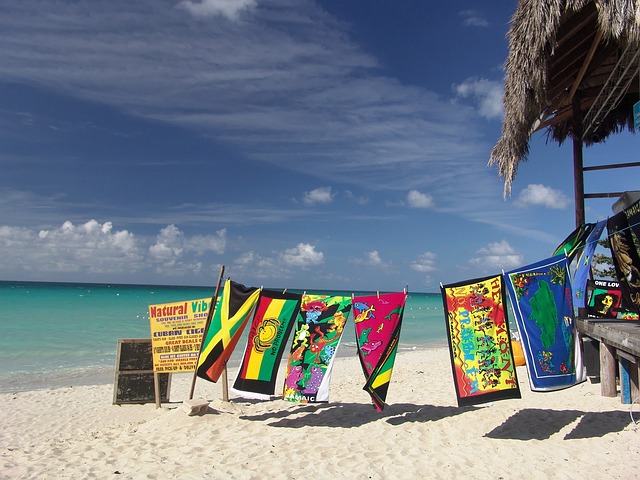
-
France Facts for Kids | Country of the Franks
France, the largest country of Western Europe accommodates a population of 65 million residents as of 2011. Officially named Repeublique Francaise, the French Republic, the country’s government is a unitary semi-presidential Republic. This ancient country was populated by Gauls in 500-700 BC and was a part of the Roman Empire until 476 AD. Governed by…
Written by
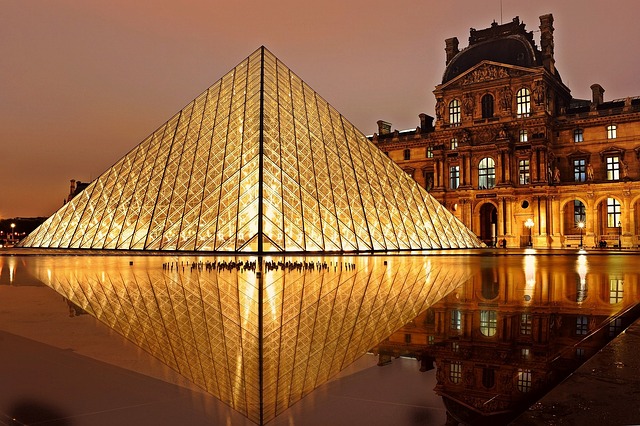
-
Greece Facts for Kids | Rare Insights about Greece
Greece, a country with a population of almost 10,722,00 citizens (as per statistics of 2011) has been the arena for major events of mankind’s history. Covering an area of 50,961 square miles, the country houses a chain of islands counting up to 170 inhabited ones. Athens, the nerve center of the former Greek Empire covering…
Written by

-
Spain Facts for Kids | Facts Your Kids Didn’t Know
Spain is a country located in south-western Europe with a population of almost 46 million. Covering an area of 504,782 square kilometers, it counts as the world’s 51st largest country. Twice the size of the American state of Oregon, the country comprises of 17 independent regions administrated by a federal government. Although its official name…
Written by
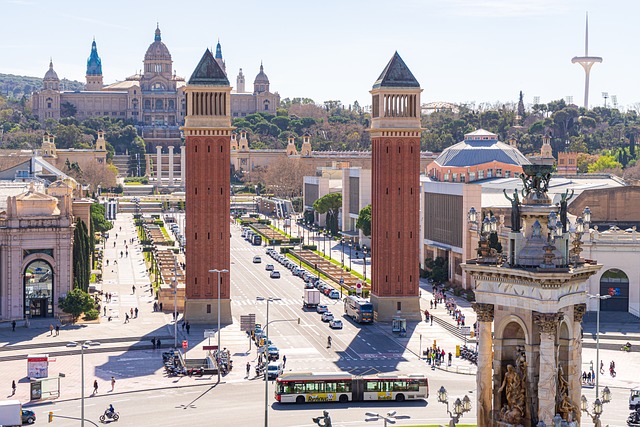
-
Canada Facts for Kids | Facts You Probably Didn’t Know
Canada, also known as America’s attic, is a large country with nearly 32 million citizens. But, why is it called America’s Attic? It earns its nick name due to its location on top of America. Some people mistake Canada to be a separate nation, but in reality, it is part of Northern America. Canada is…
Written by
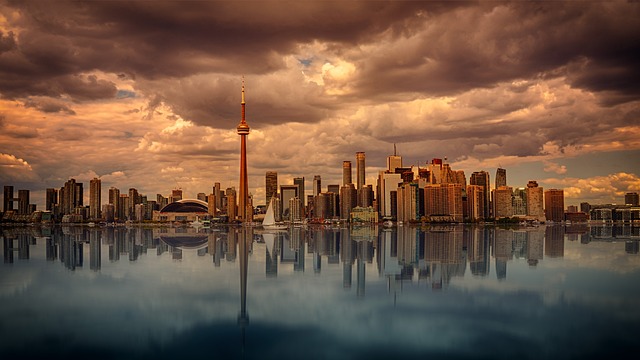
-
Japan Facts For Kids | Land Of The Rising Sun
Japan is among the most thickly inhabited states of the world. It is also one of the most advanced countries of Asia and so its economy is growing at a staggering rate. In particular, Japanese innovation in the making of new and modern motor vehicles has set new trends for the upcoming manufacturers. With very…
Written by
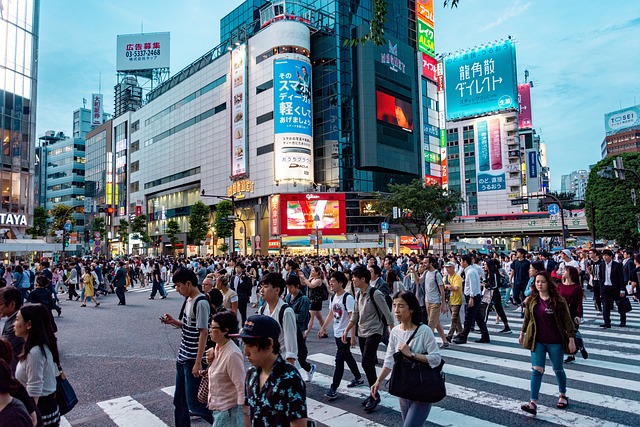
-
Germany Facts For Kids | The German Lands
With the most advanced economy and high level of comforts for its citizens, Germany is indeed one of the major economies of the world. In Europe, Germany possesses the biggest as well as the strongest national economy. It has highly trained labor force and most sophisticated means of technology. Are you aware of some of…
Written by
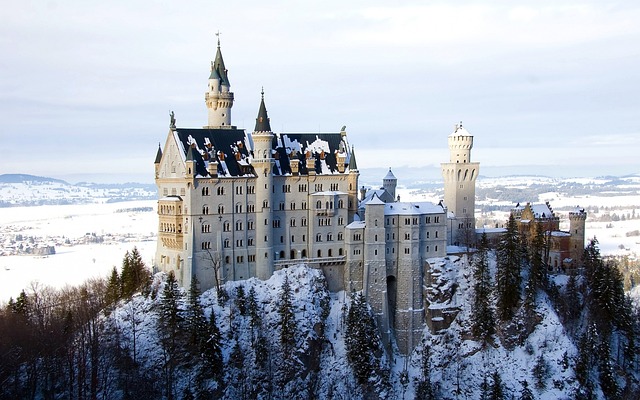
-
Egypt Facts For Kids | Land Of The Riverbank
Egypt is among the thickly inhabited states of Africa and the Middle East. Though majority of funds comes from the United States yet it contains huge deposits of coal due to which its energy market is growing quite rapidly. Egypt is the historical country and its legacy belongs to more than six thousand years before.…
Written by
